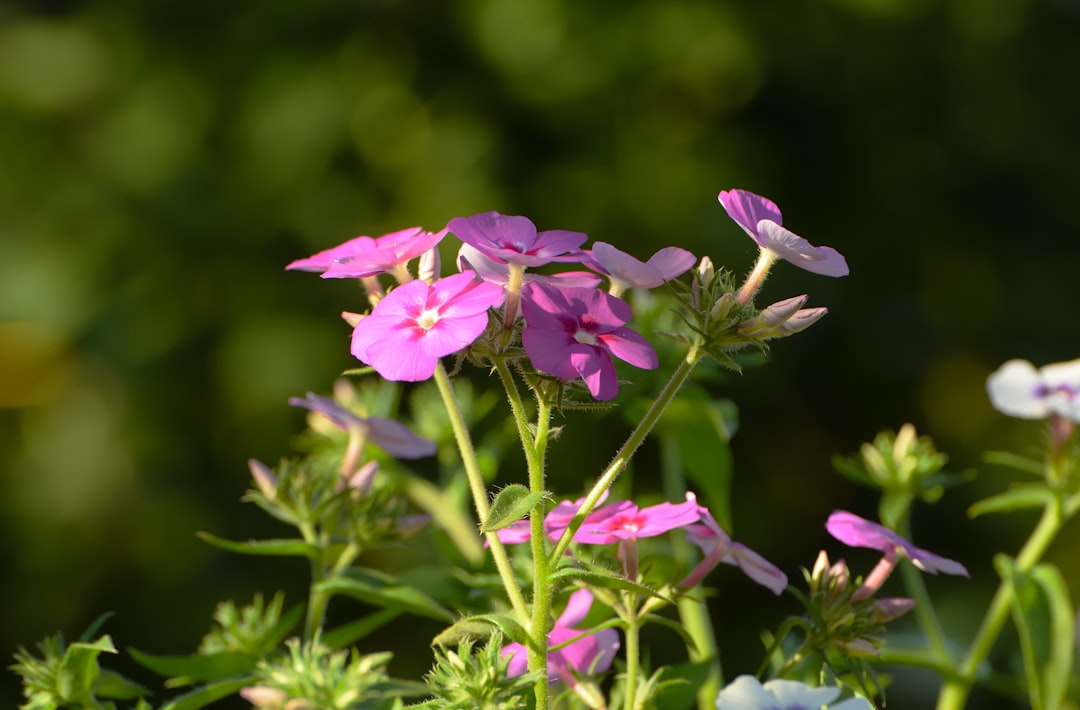The Hidden Dangers of Winter Deer Feeding and Sustainable Wildlife Support

As the cold winter months set in, many nature lovers and gardening enthusiasts feel a strong urge to help the wildlife that shares their environment. One common impulse is to feed deer, thinking it's an act of kindness that will help these beautiful creatures survive the harsh conditions. However, feeding deer in the winter can actually do more harm than good. In this article, we will explore the reasons behind this and provide expert tips on better ways to support wildlife through the colder months, especially in the context of garden design and gardening.
Deer have evolved over thousands of years to adapt to seasonal changes in food availability. During the winter, their digestive systems slow down, and they are accustomed to a diet of woody browse, such as twigs, bark, and buds. When humans introduce unnatural foods like corn, hay, or other grains, it can disrupt their digestive balance. These new foods are often too rich and can cause a condition known as acidosis. Acidosis occurs when the deer's rumen, the first chamber of their stomach, cannot handle the sudden influx of easily digestible carbohydrates. This can lead to bloating, diarrhea, and even death in severe cases.
Another problem with feeding deer is the increased risk of disease transmission. When deer gather around feeding sites, they are in close proximity to each other, which makes it easier for diseases like chronic wasting disease (CWD), bovine tuberculosis, and various parasites to spread. CWD is a fatal neurological disease that affects deer, elk, and moose, and there is currently no cure. By creating artificial feeding areas, we are inadvertently facilitating the spread of these deadly diseases among the deer population.
Feeding deer can also lead to changes in their behavior and natural migration patterns. When deer become reliant on human-provided food, they may stop searching for their natural food sources and instead stay in areas where they know they can find a meal. This can result in overgrazing in certain areas, which can have a negative impact on the local ecosystem. Additionally, deer that are fed by humans may become more aggressive and lose their natural fear of people, which can pose a danger to both humans and the deer themselves.
So, if feeding deer in the winter is not a good idea, what can we do to help wildlife during the colder months? One of the best ways is to focus on creating a wildlife-friendly garden. By incorporating native plants into your garden design, you can provide a natural food source for deer and other wildlife. Native plants are adapted to the local climate and soil conditions, and they provide a variety of fruits, nuts, seeds, and foliage that are suitable for winter consumption. Some examples of native plants that are beneficial for deer include oak trees, which produce acorns; serviceberry bushes, which have edible berries; and switchgrass, which provides cover and seeds.
In addition to providing food, you can also create shelter for wildlife in your garden. This can include leaving fallen logs, brush piles, and dead trees in your yard, as these provide hiding places and nesting sites for animals. You can also build birdhouses, bat boxes, and other types of shelters to attract different species of wildlife. By creating a diverse and welcoming habitat, you can help wildlife survive the winter and thrive throughout the year.
Another way to support wildlife in the winter is to provide a source of water. During the cold months, natural water sources may freeze, making it difficult for animals to find drinking water. You can install a heated birdbath or a small pond with a de-icer to ensure that wildlife has access to water. Just make sure to keep the water clean and free of debris.
Finally, it's important to remember that wildlife is best left to fend for themselves as much as possible. While it may be tempting to intervene and provide food or other forms of assistance, it's usually in the best interest of the animals to let nature take its course. By creating a wildlife-friendly garden and providing a natural habitat, you can help wildlife adapt to the changing seasons and increase their chances of survival without causing more harm than good.
In conclusion, feeding deer in the winter may seem like a kind gesture, but it can have serious consequences for the health and well-being of the deer and the local ecosystem. Instead, focus on creating a wildlife-friendly garden and providing natural food and shelter for wildlife. By doing so, you can help wildlife through the colder months in a way that is sustainable and beneficial for everyone involved.